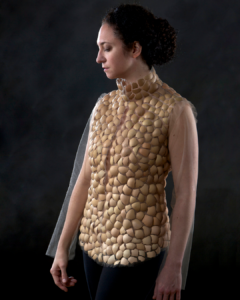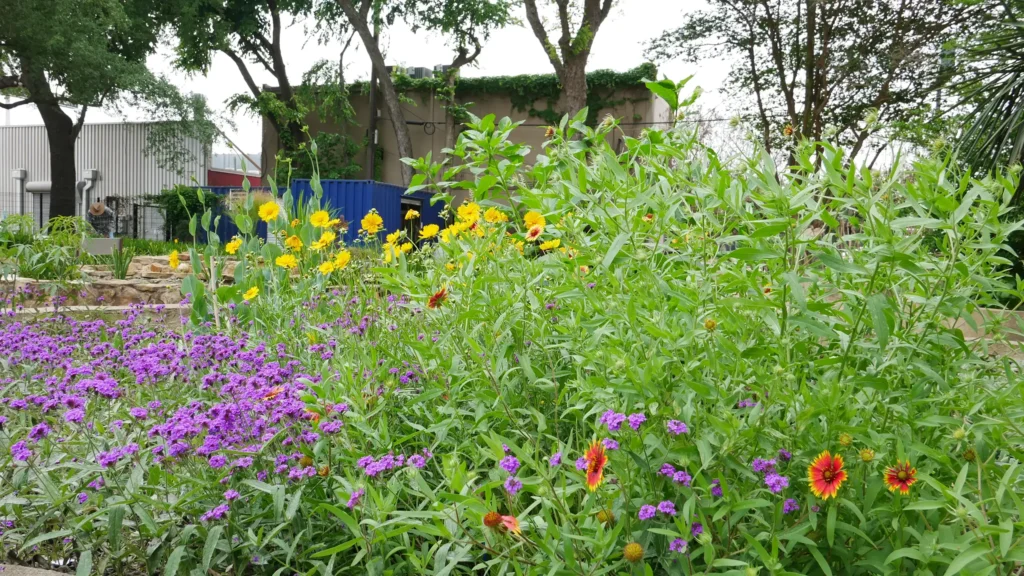Peter Callas assisting Peter Voulkos in Belvidere, NJ, 1998. Peter Callas built the first anagama kiln in the United States, and Voulkos fired many of his pieces in it later in his career. Photo by TolneGGG (Own work) [CC BY-SA 4.0 (https://creativecommons.org/licenses/by-sa/4.0), via Wikimedia Commons.
The following text accompanied the work, Untitled Plate (1989), by Peter Voulkos, on view April 18 – May 21, 2017, at HCCC as part of the Case Study exhibition series. Rotating periodically throughout the year, this series presents an in-depth look at craft-based objects as they relate to current events and/or spotlights a moment in craft history.
HCCC would like to thank the Museum of Fine Arts, Houston, for making this work available for exhibition. Please make sure to visit In the Studio: Craft in Postwar America, 1950 – 1970, on view at the MFAH through October 8, 2017, to learn more about the development of Studio Craft in the United States.
Peter Voulkos (American, 1924-2002) was a pioneer of Studio Craft, a post-World War II movement in the United States that experimented with new techniques in the traditional materials of metal, clay, glass, wood, and fiber, as well as non-traditional materials. He shaped the ceramic avant-garde during the mid-20th Century and broadened the scope of contemporary ceramics through his experimentation with surface and form.
Over the span of his 50-year career, Voulkos opened the doors for others to find their own voice in clay. He was introduced to ceramics at Montana State University, where, as a World War II veteran, his studies were funded by the G.I. Bill, which gave veterans the opportunity to further their education. In 1954, he spearheaded the new ceramics department at the Los Angeles County Art Institute (now Otis College of Art and Design), encouraging many other veterans and like-minded individuals to break the mold of traditional ceramics. He followed this position with a 26-year tenure at University of California-Berkeley.
Untitled Plate was made by Peter Voulkos later in his career and demonstrates the ceramicist’s lifelong fascination with deconstructing classical forms. Voulkos began making plates in the 1950s, but it was not until the latter part of his career that he focused more deeply on the power of gesture and the use of natural ash glazes on his plates’ surfaces. His plates are constructed off center, with wide rims that frame his compositions. Once the pieces are thrown, he dismantles the forms’ historical and functional constraints, using a series of tools, including his own hands.
Akin to the action painters of Abstract Expressionism and influenced by Japanese ceramics, Voulkos thrived on spontaneity, letting the material direct the outcome of his work. Drawing with a knife, he carved into his plates, muddying the boundaries between drawing and sculpture. With his fingers, he pushed deeper into the clay, leaving traces of himself behind to react to the spontaneity of the kiln. In Untitled Plate, Voulkos used the 2,300-degree heat of an anagama, a traditional, Japanese-style wood kiln, to produce the rich earthy colors of the natural ash glazes.

